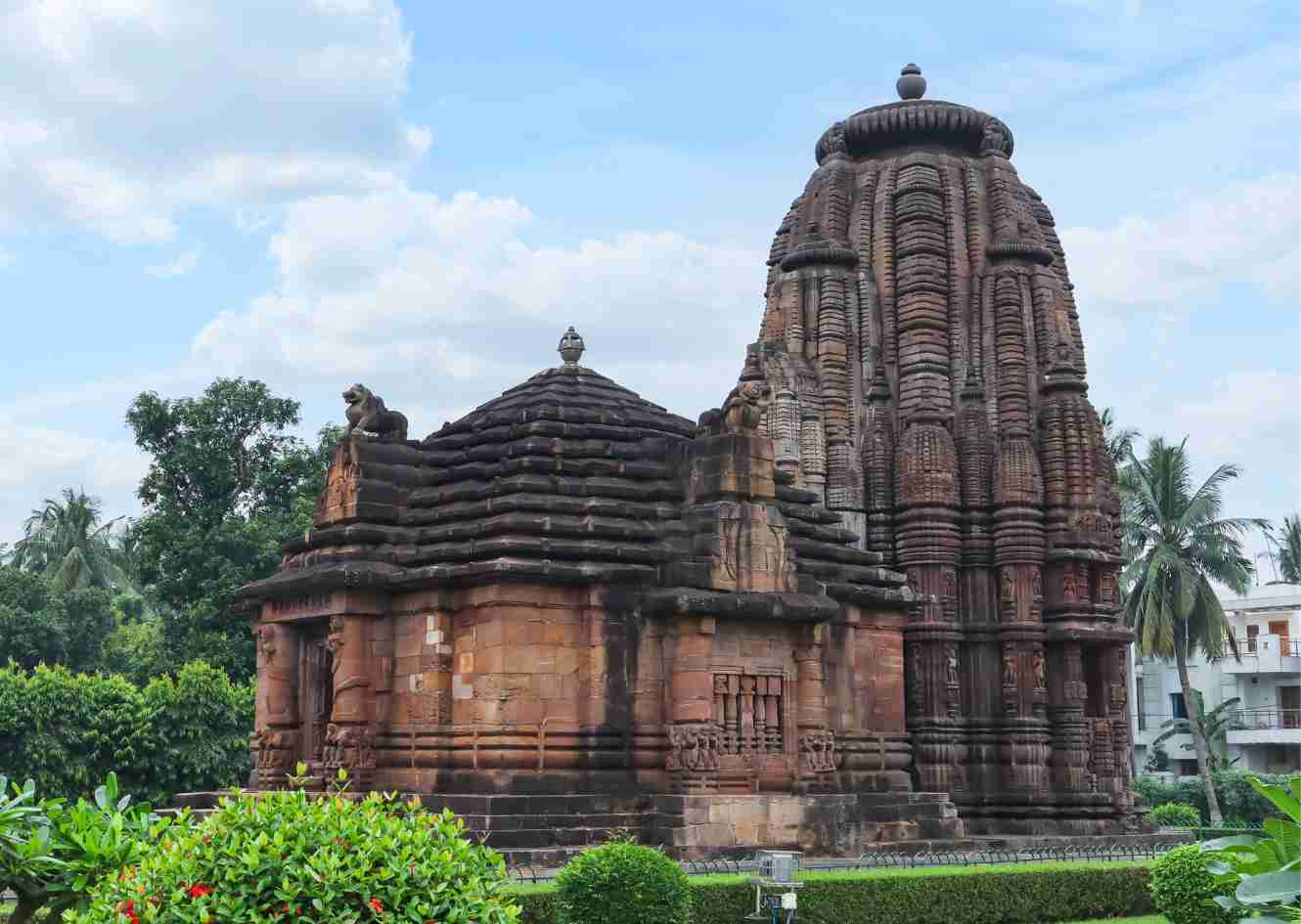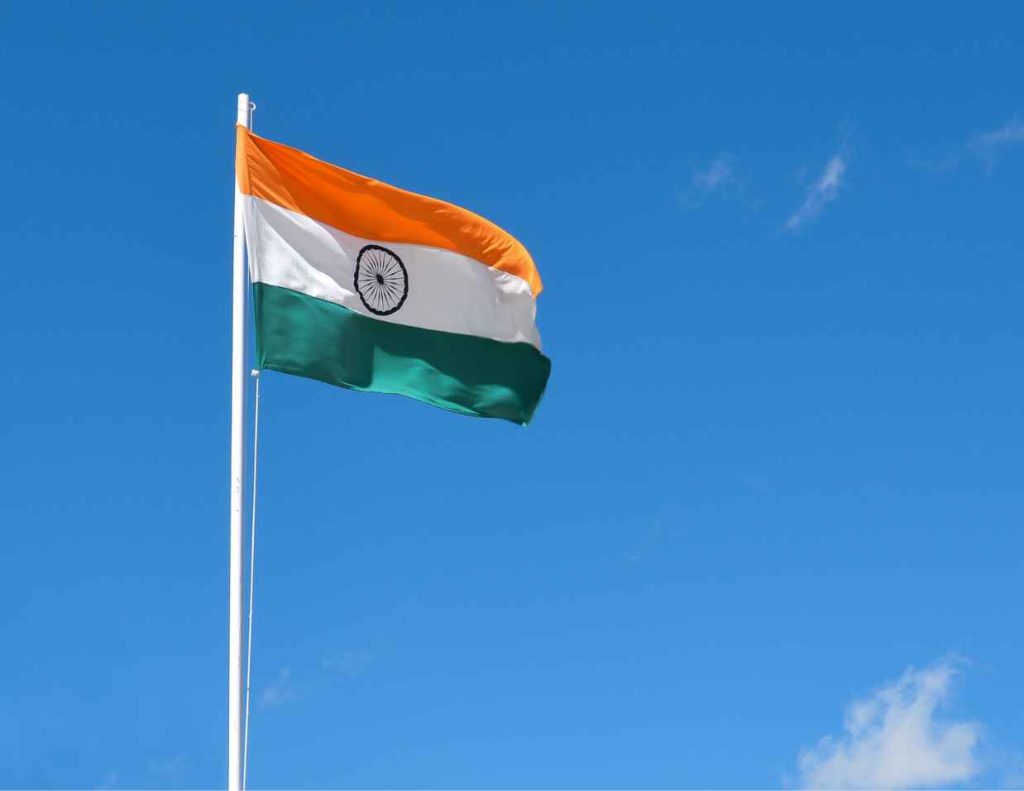Chola Empire in India

The Chola Empire, one of the longest-ruling dynasties in the history of southern India, is a significant subject of study in the Indian subcontinent’s historical landscape. Spanning between the 9th and 13th centuries CE, the Cholas established an empire that left a profound cultural, political, and economic impact on the regions of Tamil Nadu, Kerala, Karnataka, and Andhra Pradesh. The Cholas’ influence extended to the Maldives, Sri Lanka, and Southeast Asia.
Origins and Rise of the Chola Empire
The early history of the Cholas is shrouded in mystery, with sources mainly comprising archaeological evidence and the Sangam literature. The dynasty came to prominence under the rule of Raja Raja Chola I and his son Rajendra Chola I. The former initiated the construction of the Brihadeeswarar Temple in Thanjavur, a testament to the empire’s architectural prowess. The latter expanded the empire through naval expeditions to Southeast Asia, establishing the notion of a ‘Chola Thalassocracy’ (maritime empire).
Political Structure and Administration
An efficient and highly organized system marked the Cholas’ administration. The empire was divided into provinces (mandalams), districts (valanadus), and further into villages. This hierarchical structure ensured smooth governance. The ur, Sabha, and nagaram were local autonomous bodies handling village administration, indicating the high degree of self-governance practiced at the local levels.
A unique feature of the Chola administration was the office of the ‘Muvendavelan,’ a central authority overseeing local bodies’ work. The Cholas’ revenue system was robust, primarily relying on land tax but also recognizing various professional taxes.
Cultural Developments
Culturally, the Chola Empire shaped the arts, architecture, literature, and religious practices. Chola architecture, seen in the iconic Brihadeeswarar Temple and the Airavatesvara Temple, is recognized for its intricate detail, grand scale, and engineering prowess. The Dravidian style of architecture reached its zenith during this period, influencing future styles considerably.
Chola bronzes, particularly the statues of Nataraja (Lord Shiva as the cosmic dancer), are iconic and are considered masterpieces of Indian art. Literature flourished during this period with works in Tamil and Sanskrit, significantly enhancing religious, philosophical, and secular knowledge.
Economy and Trade
The economy of the Chola Empire was predominantly agrarian, with well-developed irrigation systems supporting intensive cultivation. However, the Cholas were also known for their maritime prowess, engaging in extensive overseas trade with Southeast Asia, China, and the Arab world. Important commodities included spices, textiles, gems, and precious metals. This cross-cultural exchange boosted the economy and resulted in the spread of Hinduism and Indian cultural elements to these regions.
The Decline of the Chola Empire
The Chola Empire began to decline around the 12th century CE due to various factors such as internal strife, political instability, economic issues, and invasions by other dynasties. The last known Chola king was Rajendra Chola III, after which the empire disintegrated into several smaller states.
The Chola Empire represents a golden era of southern India, during which significant advancements were made in governance, arts, culture, and international trade. The Cholas’ rich cultural heritage and influence on the surrounding regions testify to their efficient administration and visionary leadership. Despite its eventual decline, the Chola Empire left an enduring legacy, making it an essential chapter in the annals of Indian history. The traces of their greatness can still be seen today in the forms of the grand temples, sculptures, and inscriptions they left behind. These remnants are tangible reminders of a powerful, sophisticated civilization that once flourished on the Indian subcontinent.
